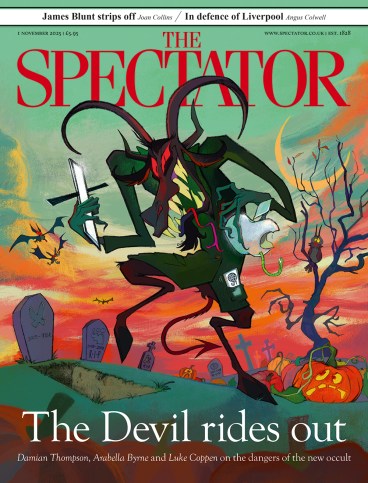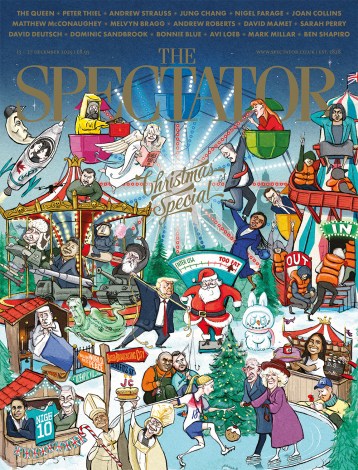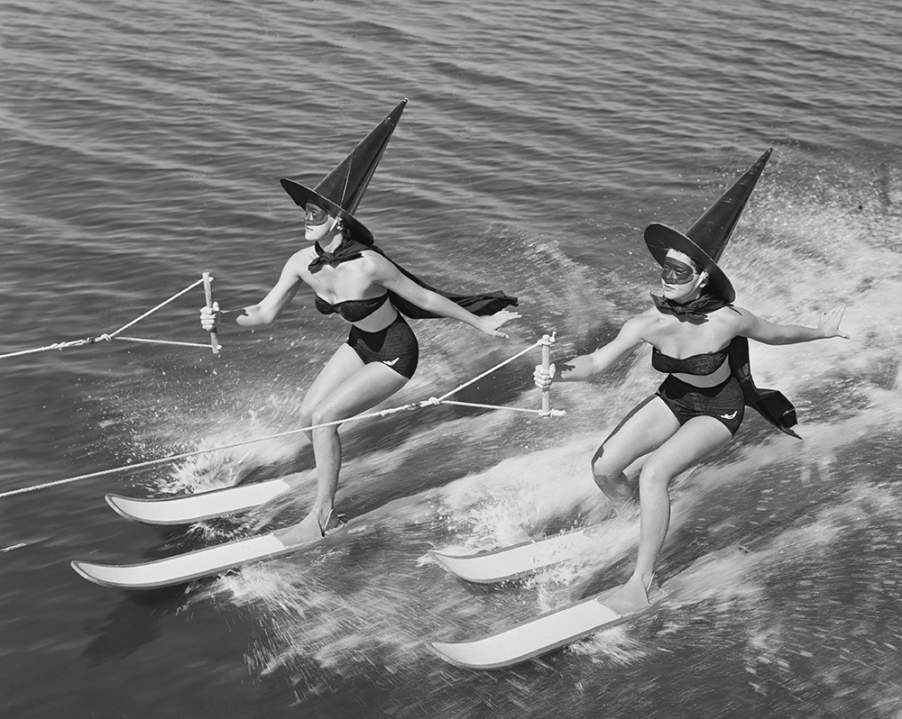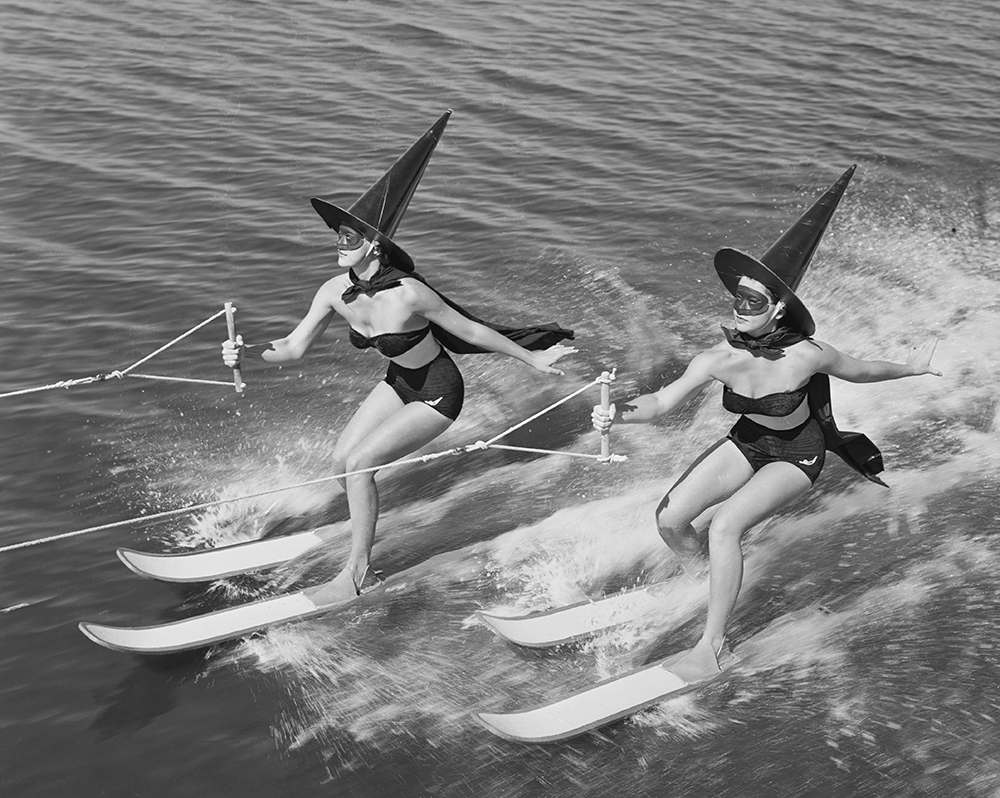
In King James VI of Scotland’s Daemonologie, written in 1597, he vigorously encourages witch-hunting and, in particular, the tossing of witches into the sea. Only the innocent would sink. As a way of identifying witches, it was clear and presumably efficient.
These days, we have no such clarity. But witches walk among us. I’m not talking about women in black pointy hats, but something far scarier: the middle-class witch. In the past, she might have been called a depressive, a spinster or a divorcée. Now, she’s probably a middle-aged woman in the Home Counties with a TikTok account, a litany of spells and deep trauma.
Modern witchcraft has always invited confusing cliches. Blame L. Frank Baum. His links to the early feminist movement via his mother-in-law, women’s rights activist Matilda Joslyn Gage, led him to create some of the most recognisable ‘good’ witches in popular culture, including Glinda and the Good Witch of the North in The Wizard of Oz. Or blame the 1960s TV show Bewitched, in which the cute witch is cast as America’s sweetheart. We can’t seem to decide whether we love or hate witches.
Curiously, the whisper of sex has also attached itself to the modern witch. Witches are cast as sexually adventurous and irresistibly seductive. Adult Halloween costumes for women come in two designs: stripper or slut.
We haven’t entirely done away with the shadows of 17th-century evil either. The term ‘witch hunt’ is common in modern political parlance. The feminist website Jezebel paid for an Etsy witch to ‘put a spell’ on Charlie Kirk two days before his assassination in September, an act that reportedly now causes the witch to ‘regret any distress’.
Why are we so muddled both politically and socially when it comes to witches? I think it starts with secularism and ends, as things increasingly do, with social media. If God can’t explain away your pain, try paganism. An estimated 1.5 million Americans now identify their spiritual practice as Pagan or Wiccan, compared with 8,000 in 1990.
But I’m not sure the middle-class witch even identifies with anything so formal as Paganism. Witchcraft, now welded to the cult of wellness, has become a kind of formless resistance to predominantly Christian institutions, which are seen as barriers to racial, sexual or political identity. Where once there were cauldrons, in which witches saw portents in the reflective surface, today’s witches stare into the black squares of their phones. And where else to congregate but WitchTok, the corner of TikTok for the occult, populated overwhelmingly by young women?
With some 9.2 million posts, WitchTok is booming. But its practitioners strike me as rather sad. Many speak of witchcraft as a ‘safe haven’ from modern life and ‘burnout’; others of floundering in a world that no longer makes sense. Lyndsey Shelley in Hampshire turned to witchcraft when ‘having a nice car and going on two holidays a year’ proved not to be enough. Since embracing her dark side, she says she is more attuned to the energy of others.
Magic has spread through the zeitgeist: in the Spanish town of Terrassa, people are banned from adopting black cats around Halloween over fears that they could be used for ‘sinister purposes’, including sacrifices and mutilations. At the University of Exeter, an MA in magic and occult science, the first of its kind in the UK, has been created. It explores ‘decolonisation, the exploration of alternative epistemologies, feminism and anti-racism’.
Search for self-help on Amazon and you will notice that Eat, Pray, Love by Elizabeth Gilbert has been surpassed by Witchcraft for Daily Self-Care, The Wiccan Guide to Self-Care, The Lazy Witchcraft Guide. Romantasy, a genre that shifts more books than practically any other, is full of witchy protagonists.
Like James VI, I take a hard line on witchcraft. When asked by friends recently if I wanted to go to a tarot reading at Soho Farmhouse or a spooky evening at the Hurlingham, I politely declined. I’m working on my self-care, I explain. It involves Latin mass at 8 a.m.








Comments